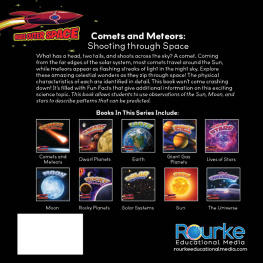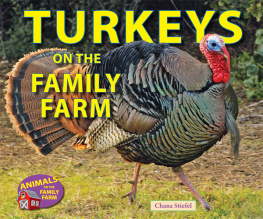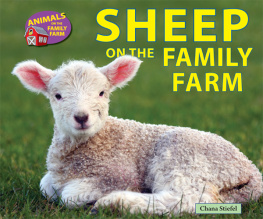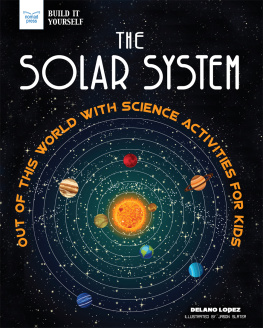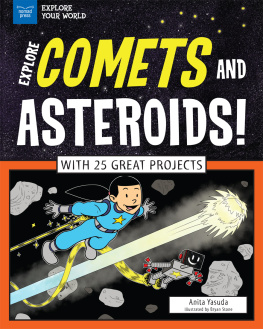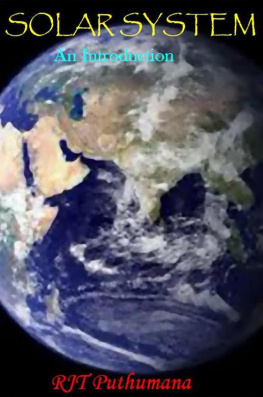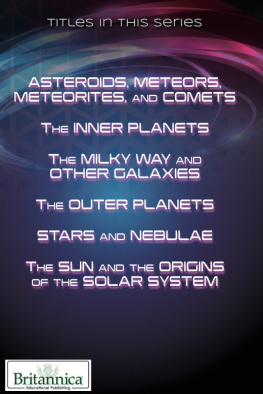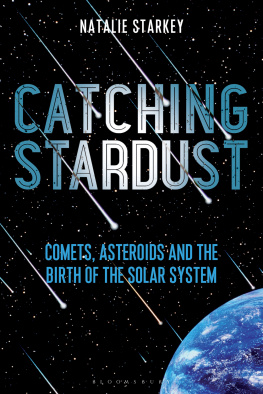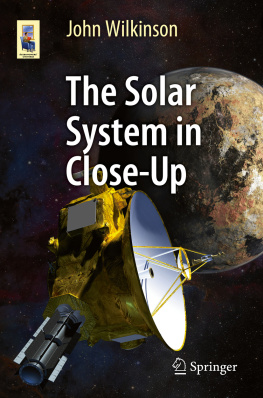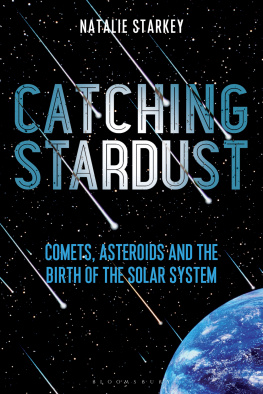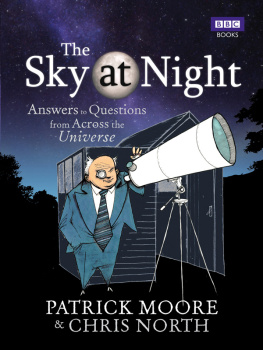Content Area Vocabulary
Use glossary words in a sentence.
atmosphere
comet
meteor
meteorite
meteoroid
orbit
Before Reading:
Building Academic Vocabulary and Background Knowledge
Before reading a book, it is important to set the stage for your child or student by using pre-reading strategies. This will help them develop their vocabulary, increase their reading comprehension, and make connections across the curriculum.
| Read the title and look at the cover. Lets make predictions about what this book will be about. |
| Take a picture walk by talking about the pictures/photographs in the book. Implant the vocabulary as you take the picture walk. Be sure to talk about the text featuressuch as headings, Table of Contents, glossary, bolded words, captions, charts/diagrams, or Index. |
| Have students read the first page of text with you then have students read the remaining text. |
| Strategy Talk use to assist students while reading. - Get your mouth ready - Look at the picture - Thinkdoes it make sense - Thinkdoes it look right - Thinkdoes it sound right - Chunk it by looking for a part you know |
| Read it again. |
| After reading the book complete the activities below. |
After Reading:
Comprehension and Extension Activity
After reading the book, work on the following questions with your child or students in order to check their level of reading comprehension and content mastery.
| What are comets made of? (Summarize) |
| Explain what scientists may do if a giant meteoroid was heading for Earth. (Summarize) |
| Whats the difference between meteoroids and meteorites? (Summarize) |
| How did comets help form our oceans and air? (Asking questions) |
Extension Activity
A crater forms from the impact of an object on the surface, such as a meteoroid hitting the Earths surface. Lets investigate! Spread newspaper on the floor. Put about 3 inches (7.6 cm) of flour in a shallow box. On top of the flour add a layer of another color such as chocolate cake mix. Choose several small objects, like marbles or small rocks, of different sizes and weights to represent your meteorites. Drop each object from the same height of 3-5 feet (91.4-152.4 cm). What happens after you drop the object? How big is the crater that formed? What does the area around the crater look like?
Table of Contents

Look Up!
What has a head, two tails, and shoots across the sky? Its a comet! A comets head is a giant chunk of ice, rock, and dust. Its two tails are trails of dust and gas.
Explore comets and other wonders as they zip through space.
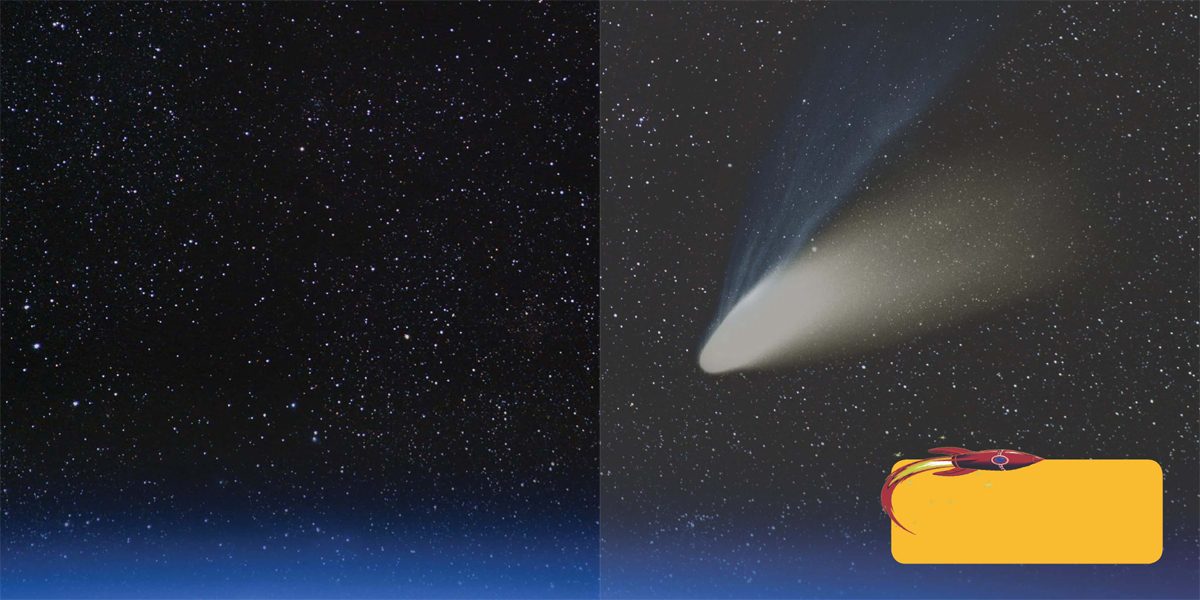
The word comet comes from a Greek word meaning long haired. Comets tails flow like hair.
Comets look like dirty snowballs. They come from the far edges of the solar system. Most comets travel around the Sun. Their path is called an orbit. The Suns light makes comets shine.

A comet heats up as it nears the Sun. Most of the nucleus, a comets icy center, stays solid. Ice on the comets surface turns to gas. A fuzzy coma forms. The coma is a cloud of dust and gas. It stretches out and forms long tails.
tails
coma
nucleus
head
(nucleus and coma together)
From Comets to Meteors
The Sun causes chunks of a comet to blow off. These pieces of rock and dust float in space. Sometimes they get close to Earth. The pieces burn up in the atmosphere, the blanket of air around Earth. They make streaks of light called meteors.
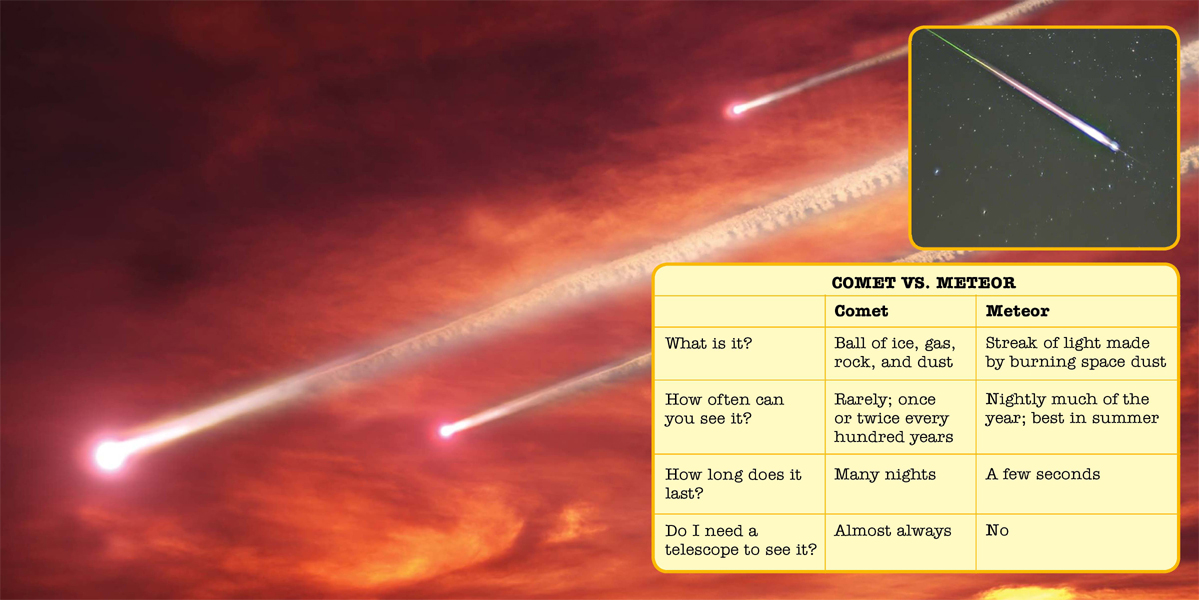
Meteors are also called falling stars. But they are not really stars. They are burning bits of space dust.
Most nights, you may see a meteor or two streak across the sky. But sometimes the sky lights up with hundreds of flashing meteors. This is called a meteor shower. These light shows happen when Earth crosses the path of a comets debris.

The Perseid Meteor Shower peaks each year from August 1113. The Perseids are bits of the comet Swift-Tuttle. The pieces burn up as they near Earth.
The Sky Is Falling!
Many comets break apart when they near the Sun. Pieces of comets that continue to fly around space are called meteoroids.
Space debris that hits Earth is called a meteorite. Large meteorites are very rare. Most are bits of dust, pebbles, or small rocks.
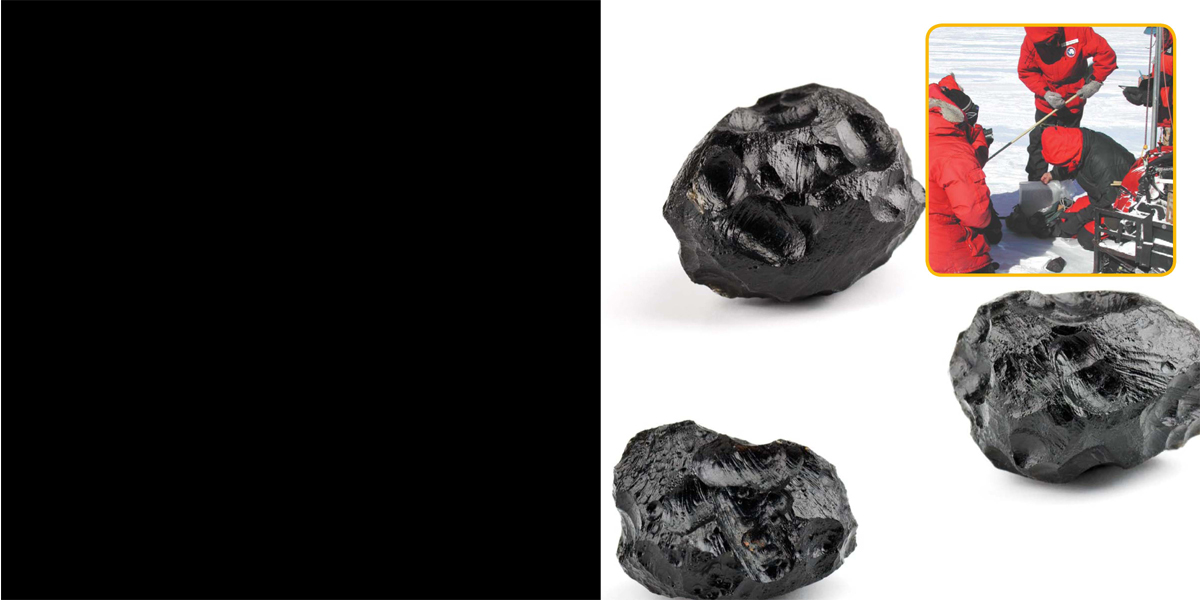
In Antarctica, people can spot meteorites on snow-covered ground.
Scientists think that comets may have crashed into Earth billions of years ago, bringing water and gases to our planet.
The comets helped form our oceans and air. They carried some of the basic building blocks of life. Without comets, we might not be here.

Eye on the Sky
Another very big meteorite may have crashed into Earth 65 million years ago. The explosion would have shot a huge cloud of dust into the air and blocked the Suns light. Many species on Earth died.
Could a large meteorite strike Earth today? Scientists use telescopes to keep an eye on flying space objects.

If a giant meteoroid was headed toward Earth today, scientists would take action. They might use rockets to nudge it off course. Or they might blow it up in space.
Scientists watch the night sky for comets and meteors, and so can you!

